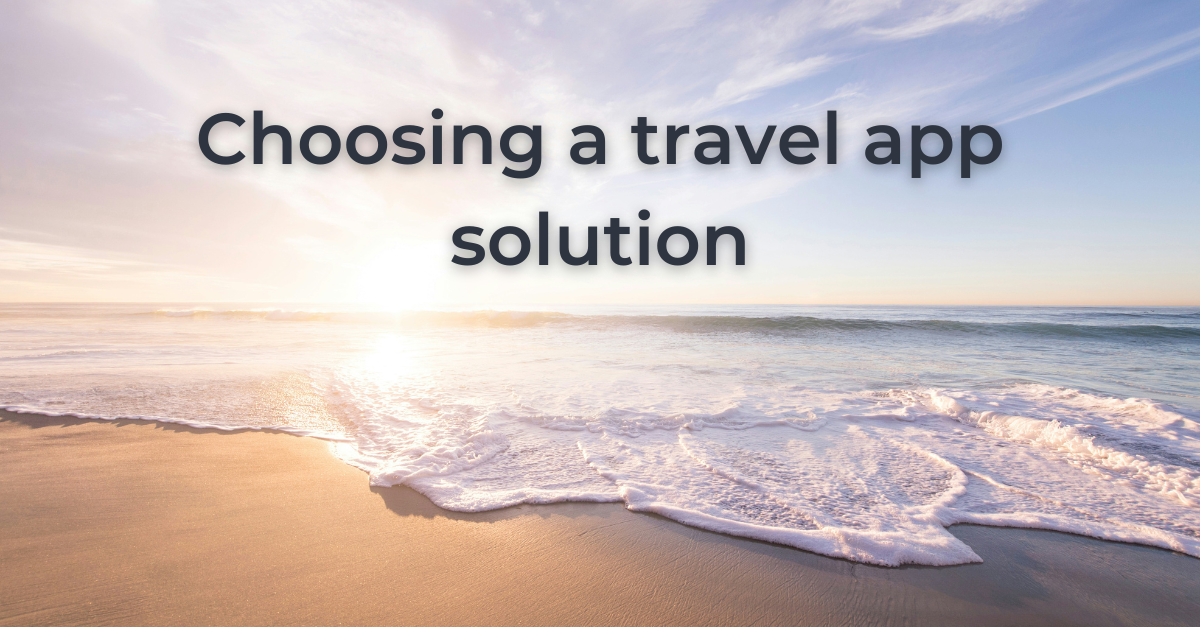
Dare we say it… the reign of PDFs is almost over! In a world where travellers can find everything they need, from interactive visual itineraries to key travel documents, all within a single platform, it’s difficult to resist the appeal of a travel app. But the hard part isn’t deciding to embrace travel tech, it’s choosing which app solution is right for you.
Are you torn between DIY tech and a ready-made app? Are you struggling to make the all-important decision? We thought as much – that’s why we’re comparing the pros and cons of developing your own app in-house versus buying pre-built tech, like the Vamoos Travel App.
Webinar: Build vs. Buy: Which App Solution Fits Your Travel Business?
In our latest webinar, ‘Build vs. Buy: Which App Solution Fits Your Travel Business?’, we discussed a common dilemma that travel companies face; whether to buy a pre-built travel app or build their own. While we compared the two app solutions, Thierry Pouille from Air Journey Club shared his unique perspective of developing a travel app in-house (not once, but twice!) before switching to pre-built tech. You can catch the full 30 minutes below:
Still weighing up your options? Read on for a deep dive into the pros and cons of different travel app solutions…
The different travel app solutions available

Before we jump into the pros and cons, let’s first take a look at the different app solutions available to you. The first option is to build your own travel app using an in-house team, or by hiring external developers. With DIY tech, everything would be bespoke, giving you control over the final look and feel of your app, but the burden of development would rest entirely on your shoulders.
A second option is to buy a pre-built, templated app, which you could customise to fit your needs. This is also known as an SaaS (software as a service) solution, like the Vamoos Travel App. Now onto the next question; which option is right for your travel business?
Cost considerations
When choosing an app solution, the main concern for travel companies is money. Costs can vary dramatically between ready-made tech and a DIY travel app, so it’s an important factor to consider.
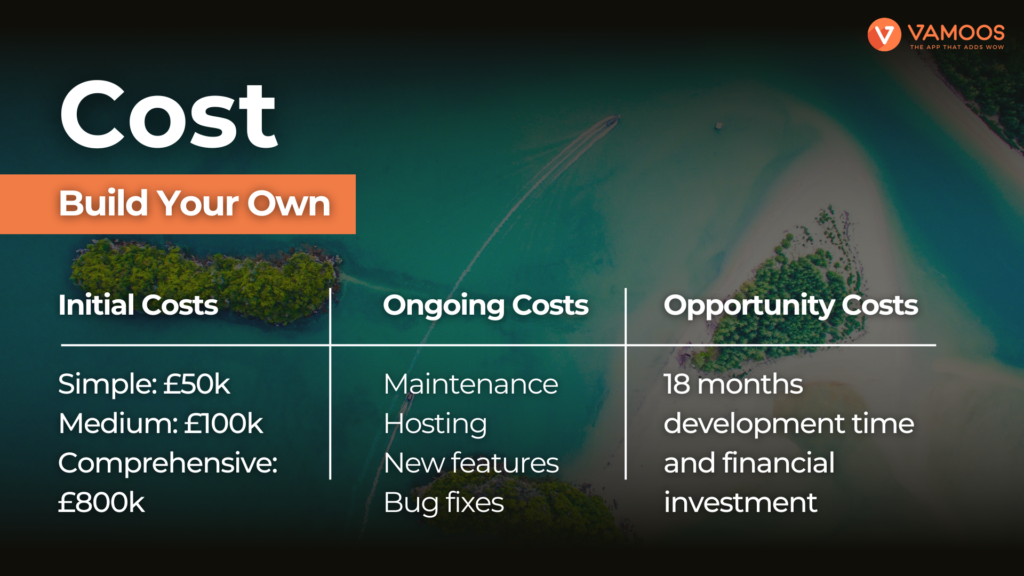
For an in-house developed app, initial costs typically range from £50,000 for a simple application, up to £800,000 for a comprehensive mobile app. Building your own tech requires extensive investment into testing, as well as support from designers, developers, project managers – you name it – and that’s just to create a basic version of the product. After the initial stages of development, app maintenance, bug fixes and new feature releases contribute significantly to ongoing costs. Staying on top of tech trends and making sure that the needs of app users are always met is no easy feat, requiring a constant investment of money. Staggeringly, research shows that 53% of custom software development projects end up costing 189% of their original estimate, so prepare for your budget to take a hit.

In comparison, with a pre-built app like Vamoos, there are no set-up fees or unpredictable hidden costs, just an ongoing flat subscription. You may not be able to build bespoke features directly into your own app, but in turn, you can avoid sinking more and more capital into tech development, while still having a product that that’s suited to your needs. Opting for a pre-built app helps to keep costs consistent, predictable and mostly importantly, within budget.
Read now: How a custom app helped Steppes Travel stay ahead of the curve
Time considerations
For most tour operators, the prospect of a shiny new custom app, branded to their company, is a massive source of excitement (as well as impatience)! Wanting to see your travel app in action as soon as possible is completely understandable. So what timeframes can you expect when building versus buying tech?

When developing your own app, the process could take anywhere from several months to over a year, and that’s if everything runs smoothly. There are many steps that need to be ticked off your list, including tech development, testing, launch phases and approval from stakeholders. Continuous updates and new feature releases, in response to user feedback and ever-changing tech trends, also demand a large investment of time. Studies show that 75% of a developer’s time is spent debugging, so expect to sink a lot of energy into maintaining your app.

For a pre-built application like the Vamoos travel app, the time to market is between 4 and 6 weeks. Your SaaS provider would take care of everything, from updates and app maintenance, to bug fixes and feature releases, freeing you up to focus on your clients. During the initial weeks of development, you’ll be designated a Vamoos customer support representative, who will help you to design your app exactly the way you want it, while the tech team do the rest of the heavy lifting.
Resource considerations
Developing a custom travel app requires technical expertise and a highly-skilled team, so be sure to take resources into account when choosing an app solution.

If you decide to build an app in-house, having a diverse team of front and back-end developers, user experience designers, database administrators and security experts on hand is necessary to bring your product to life. This in itself is a resource to manage, as you would need to provide training and support for your staff. Another factor to consider is scalability; you would need to invest a significant amount of money into your app’s infrastructure to ensure it could grow alongside your business. Research shows that 80% of apps fail in just the first year, so it’s important that your app could stand the test of time.
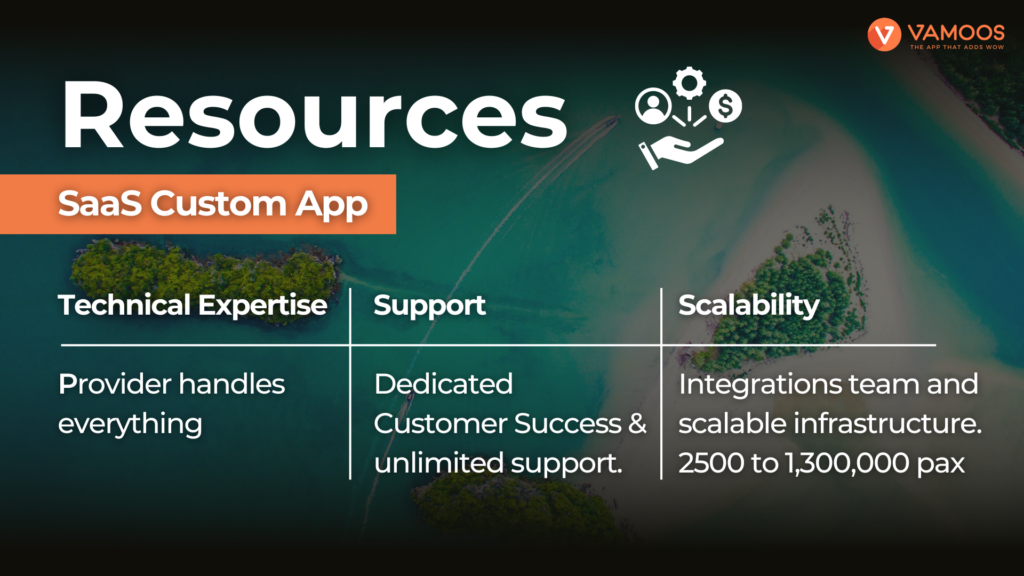
When buying pre-built tech like Vamoos, the responsibility of managing the development team is taken out of your hands. Instead, you would have access to a skilled team, offering unlimited support at no extra cost. What’s more, the Vamoos Travel App has been constantly improved for the last 10 years by a team who understand exactly what travel clients want to see in a mobile application. You’re not just paying for a templated app, you’re paying for expertise and guidance. The Vamoos app also has highly-scalable infrastructure, and was designed to support businesses as they grow. It currently accommodates tour operators supporting 2,500 passengers per year, all the way up to 1.3 million.
Risk considerations
Another comparison to weigh up are the risks involved in building versus buying a travel app. What level of ownership would you have over tech that you’ve purchased, compared to something built in-house? How can you be you sure that the final product will be up to scratch? All valid concerns – so let’s address them.

When building your own app, the rate of progress and quality of the final product depends heavily on your in-house team or the external developers you’ve hired. Issues like staff turnover or skill gaps can always crop up, causing delays and disruptions to development. While you’ll have full ownership and control over the app, including the final say on new features and future developments, the downside is that you’re the one investing in the project, and will be solely responsible if things don’t go to plan.

In comparison, purchasing pre-built tech means licensing software directly from your SaaS provider. While you don’t own the platform as you would if you built an app in-house, opting for a recurring subscription reduces the financial risk for you. You can also customise your app based on your preferences, and the Vamoos customer success team always welcome ideas for new features. What you want to see in the Vamoos Travel App is exactly what we aim to deliver. There’s also an SLA (Service Level Agreement) in place with your SaaS provider to guarantee top-notch performance; Vamoos, for example, has a downtime rate of just 0.008%.
Want to see how a ready-made travel app could help you to streamline your service, while saving time and keeping down costs? Book a meeting here or get started now with a FREE trial of Vamoos.
Featured Articles
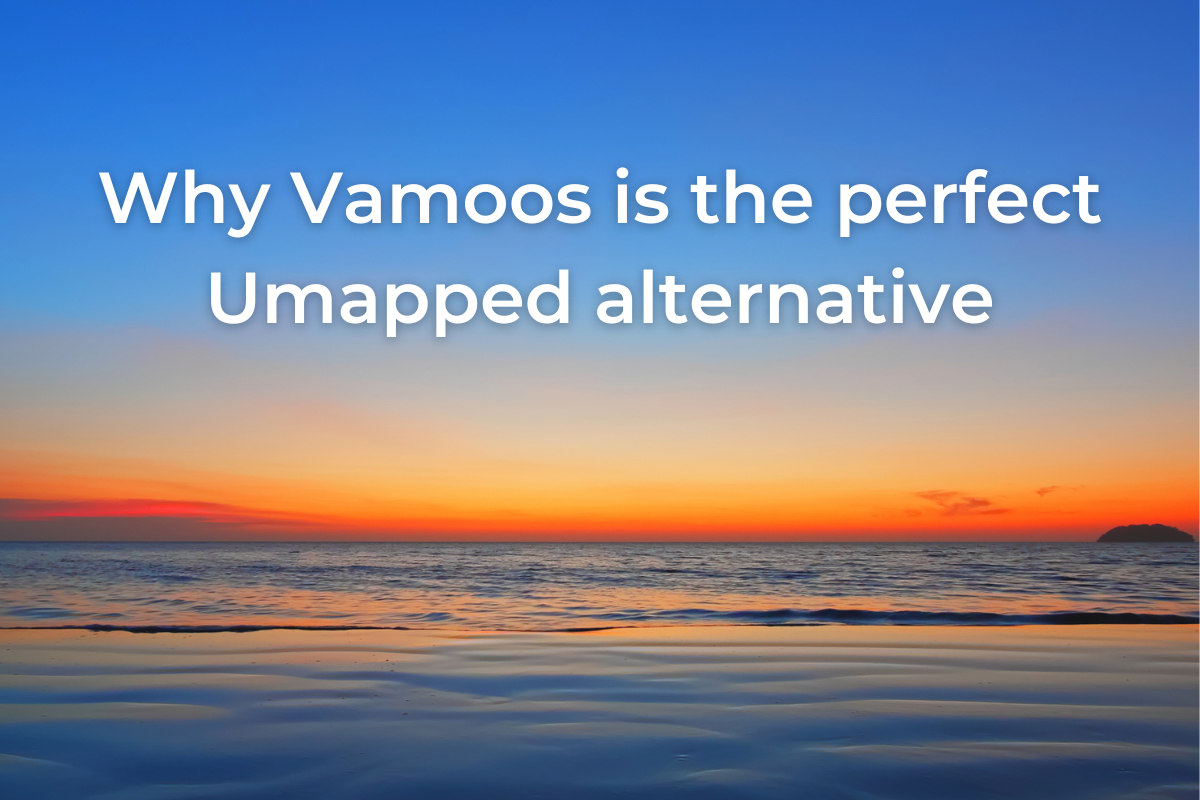
Why Vamoos is the perfect Umapped alternative
June 10, 2025 by adminUmapped have announced that on October 8th 2025, they will officially close their doors. If you’re a tour operator or travel company now looking for an alternative, there’s no need to worry. The Vamoos Travel App is the perfect replacement -and switching over is much simpler than you might think.
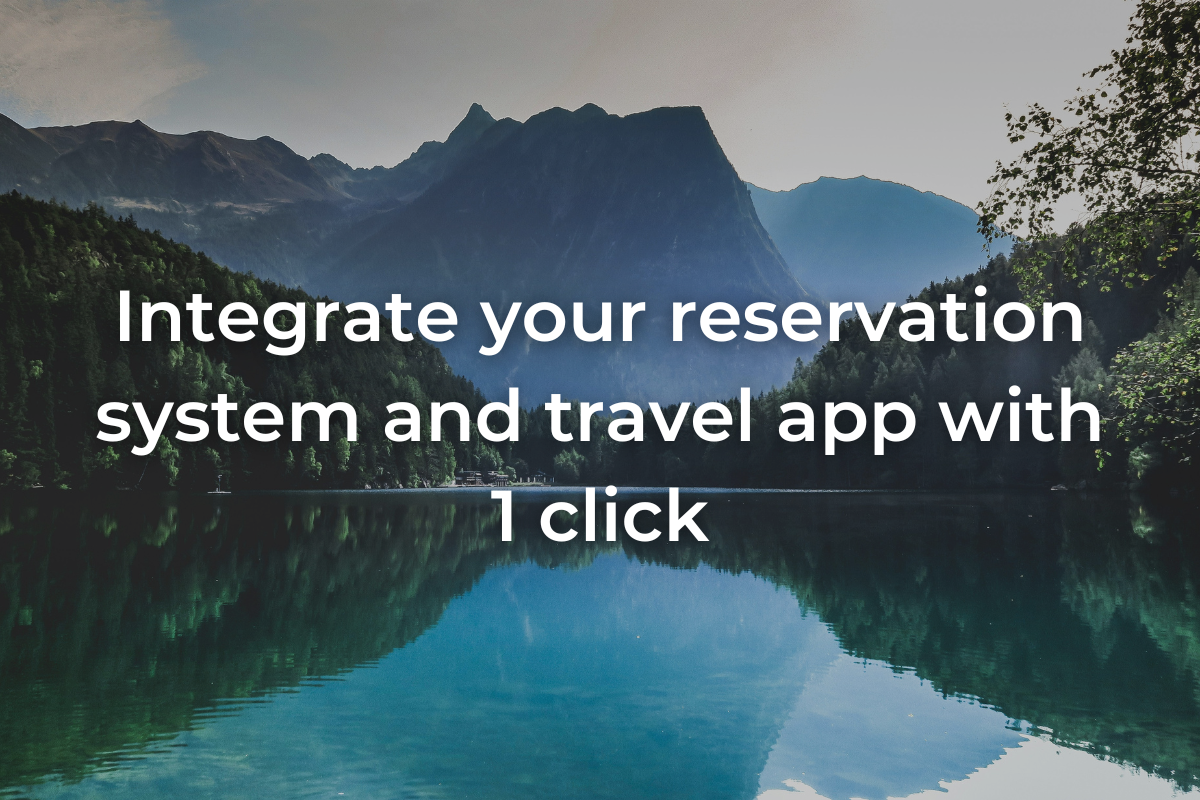
Integrate your reservation system and travel app with 1 click
May 15, 2025 by adminAre you juggling disconnected systems, copying and pasting trip details, or updating multiple platforms just to get one itinerary out? It’s error-prone, expensive and a huge investment of time. But it doesn’t have to be this way… Introducing the latest 1-click integration between the Vamoos Travel App and Spark Travel CRM & Reservation System, which is changing the game for travel companies.
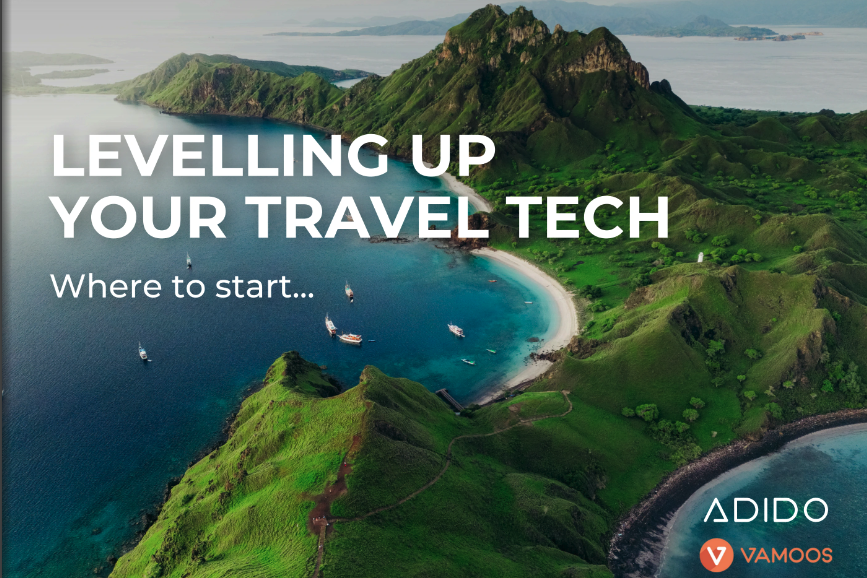
Levelling up your travel tech: where to start
April 24, 2025 by adminIn today’s fast-moving travel industry, outdated tech is no longer an option. This guide explores why modular, API-first systems are the future – empowering travel businesses to streamline operations, deliver better client experiences, and stay competitive in a digital-first world.
Share: